Increasing Prevalence of Diabetes
The rising incidence of diabetes, particularly type 1 and type 2, is a primary driver for the Glucagon Market. As per recent statistics, the number of individuals diagnosed with diabetes continues to escalate, leading to a heightened demand for effective management solutions. Glucagon Market, as a critical hormone for counteracting severe hypoglycemia, plays a vital role in diabetes care. The market for glucagon products is projected to expand significantly, with estimates suggesting a compound annual growth rate (CAGR) of over 10% in the coming years. This trend indicates a robust growth trajectory for the Glucagon Market, as healthcare providers increasingly recognize the necessity of glucagon in diabetes management.
Regulatory Support for Glucagon Products
Regulatory bodies are playing a crucial role in shaping the Glucagon Market through supportive policies and guidelines. Recent approvals of new glucagon formulations and delivery methods have paved the way for increased market participation. Regulatory agencies are also encouraging research and development in this field, which may lead to the introduction of novel glucagon therapies. The favorable regulatory environment is likely to stimulate competition among manufacturers, resulting in a wider array of glucagon products available to consumers. This dynamic is expected to enhance the overall growth of the Glucagon Market, as companies strive to meet the evolving needs of patients and healthcare providers.
Growing Geriatric Population with Diabetes
The increasing geriatric population is a significant driver for the Glucagon Market. Older adults are more susceptible to diabetes and its complications, including hypoglycemia. As the global population ages, the demand for glucagon products is likely to rise correspondingly. This demographic shift necessitates tailored healthcare solutions, including glucagon, to manage diabetes effectively in older patients. Market analysts project that the geriatric segment will contribute substantially to the overall growth of the glucagon market, as healthcare systems adapt to the unique needs of this population. Consequently, the Glucagon Market is poised for expansion, driven by the imperative to provide effective diabetes management solutions for the aging population.
Rising Awareness and Education on Hypoglycemia
There is a growing emphasis on education regarding hypoglycemia and its management, which is positively influencing the Glucagon Market. Healthcare providers are increasingly focusing on training patients and caregivers about the importance of glucagon in emergency situations. This heightened awareness is likely to lead to increased prescriptions and usage of glucagon products. Educational initiatives, including workshops and online resources, are being implemented to inform patients about recognizing hypoglycemic symptoms and the appropriate use of glucagon. As awareness continues to rise, the Glucagon Market is expected to benefit from a surge in demand, as more individuals seek to be prepared for potential hypoglycemic events.
Technological Innovations in Glucagon Delivery
Advancements in drug delivery systems are transforming the Glucagon Market. Innovations such as prefilled syringes and auto-injectors are enhancing the ease of use and accessibility of glucagon products. These technologies not only improve patient compliance but also ensure timely administration during hypoglycemic episodes. The introduction of user-friendly devices is likely to attract a broader patient base, thereby expanding market reach. Furthermore, the integration of smart technology, such as mobile applications that remind users to carry their glucagon, is anticipated to bolster the market. As these innovations proliferate, the Glucagon Market is expected to witness substantial growth, driven by increased adoption rates among patients and healthcare professionals.


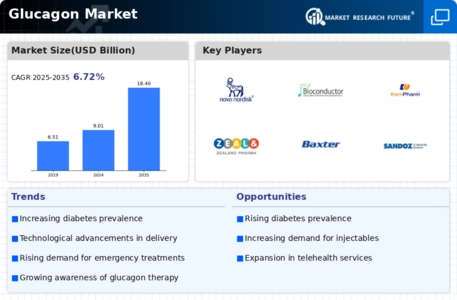
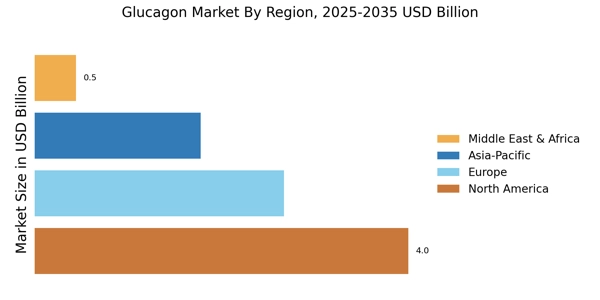
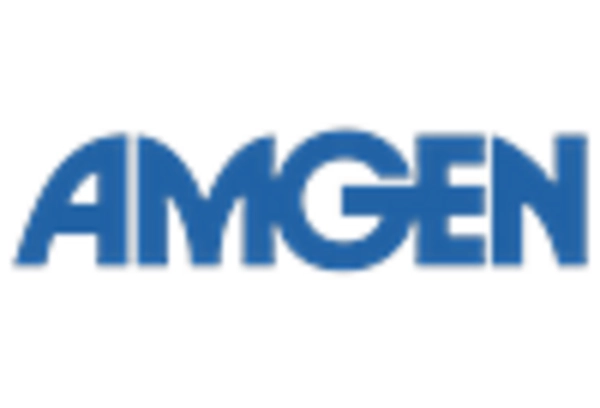

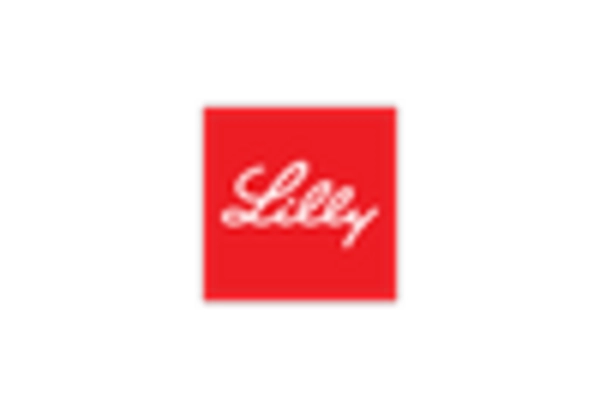
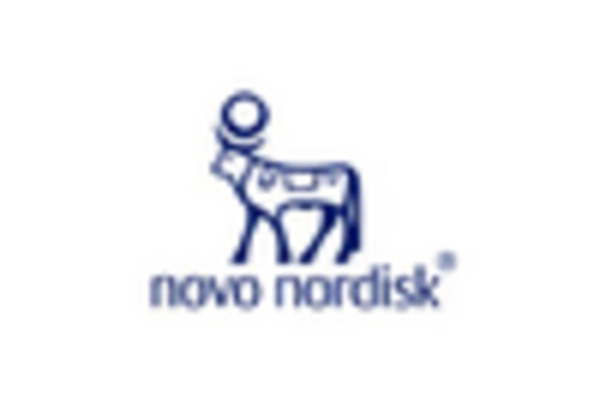

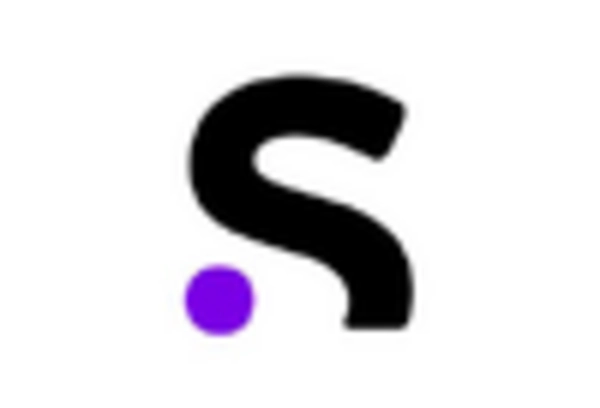








Leave a Comment